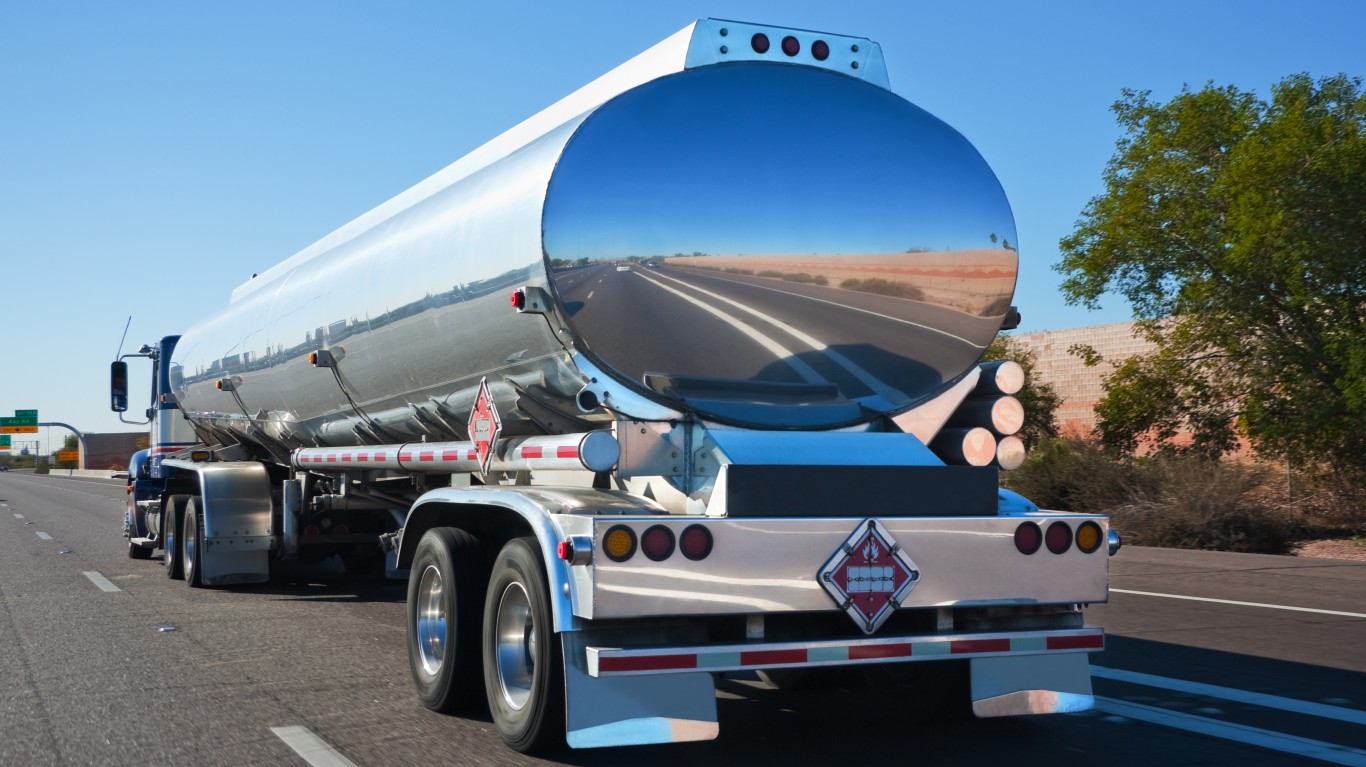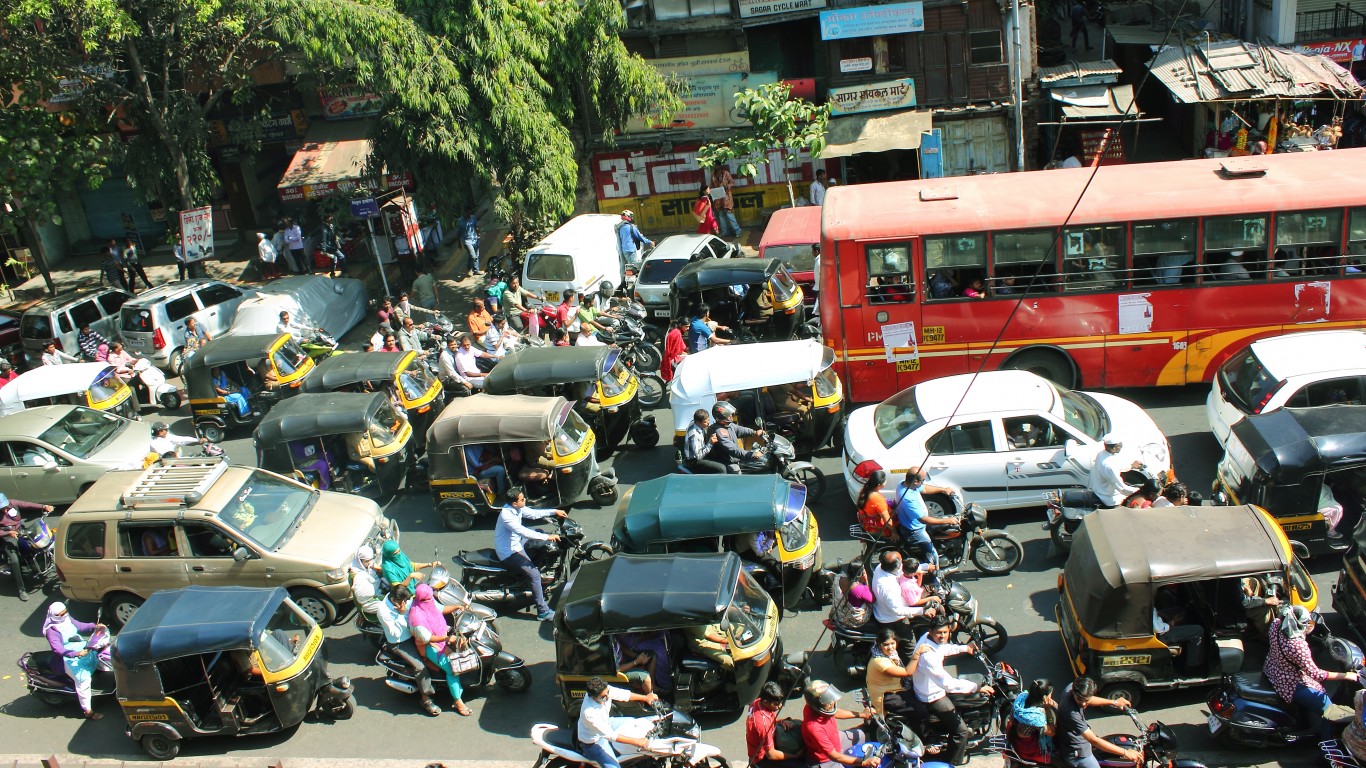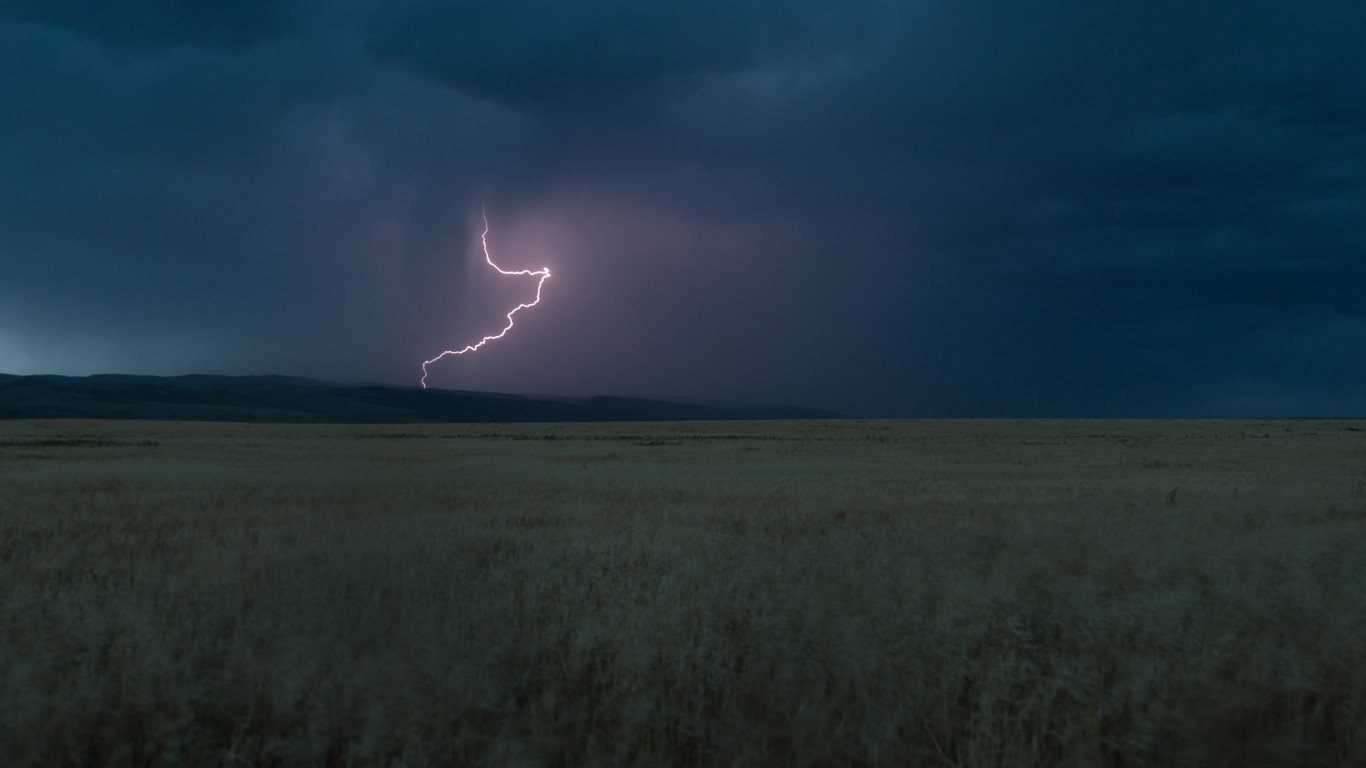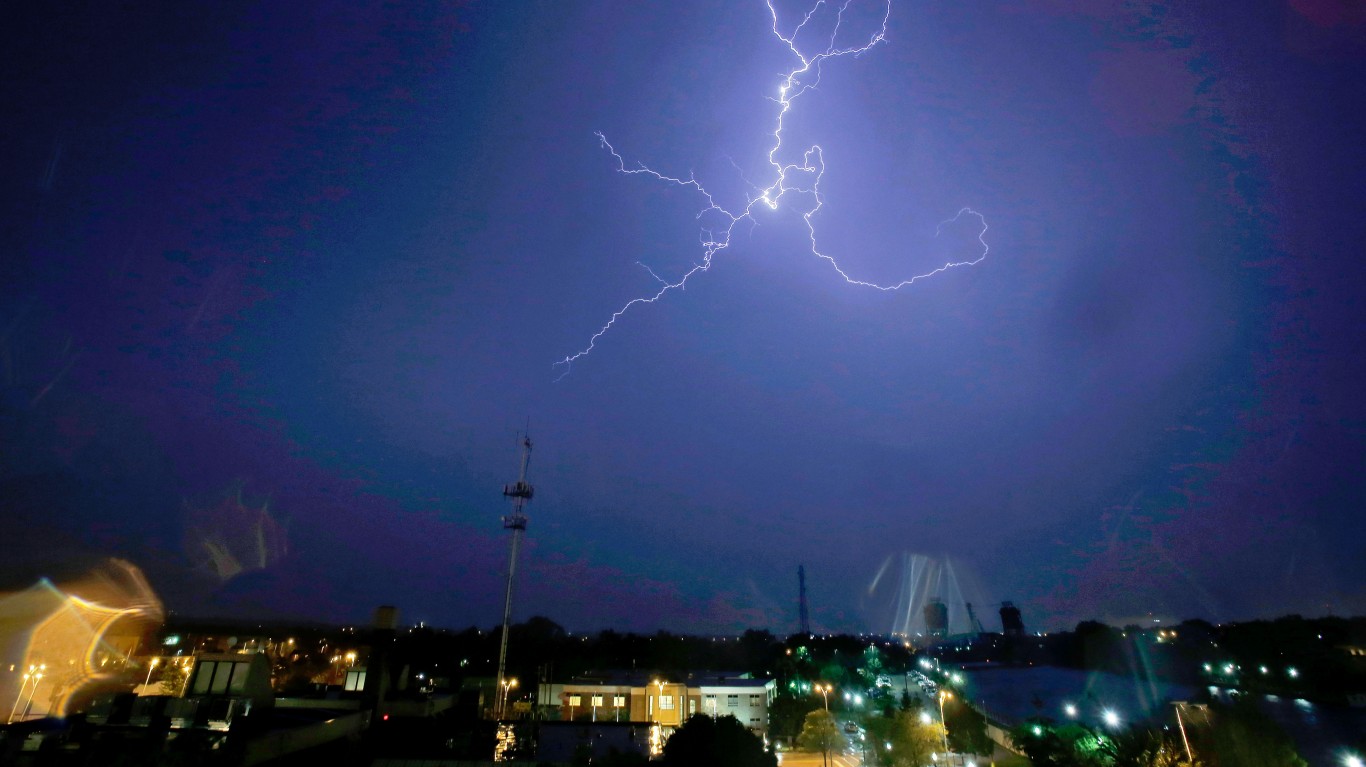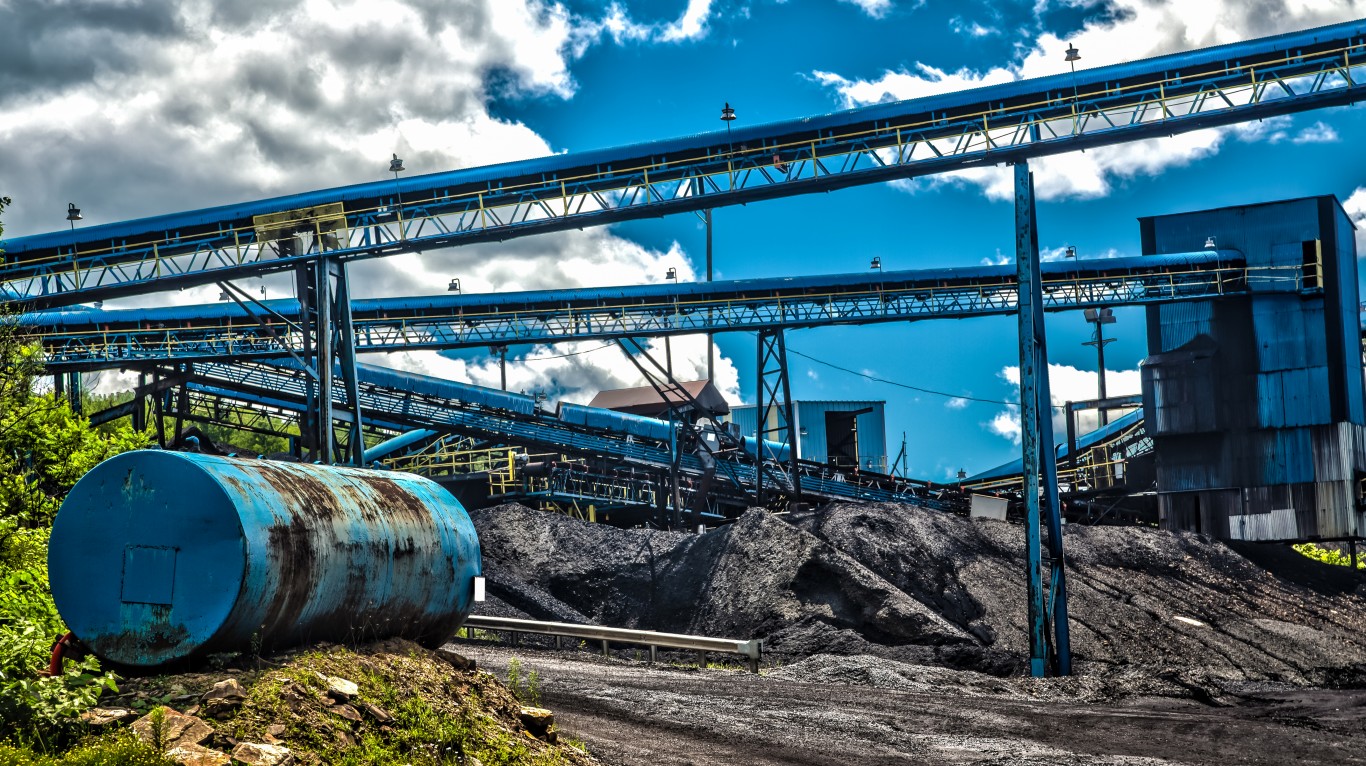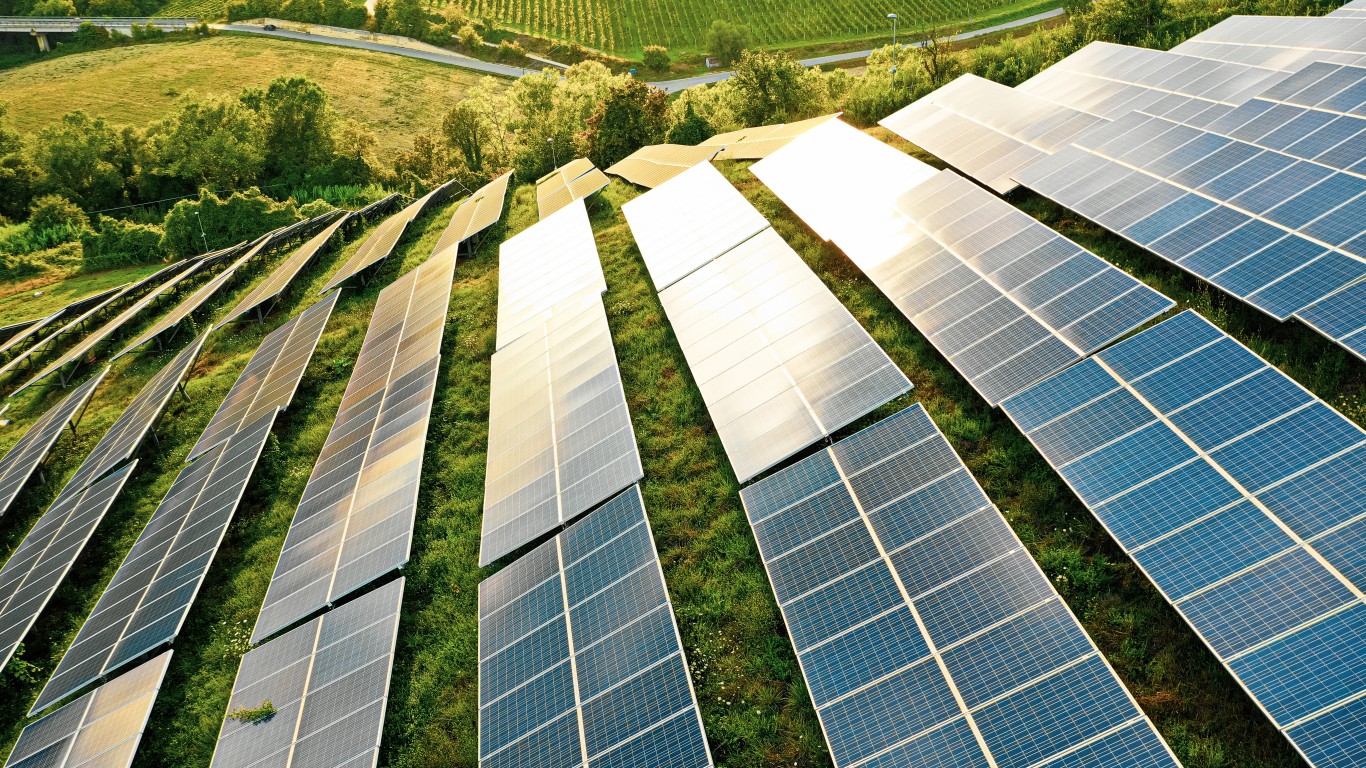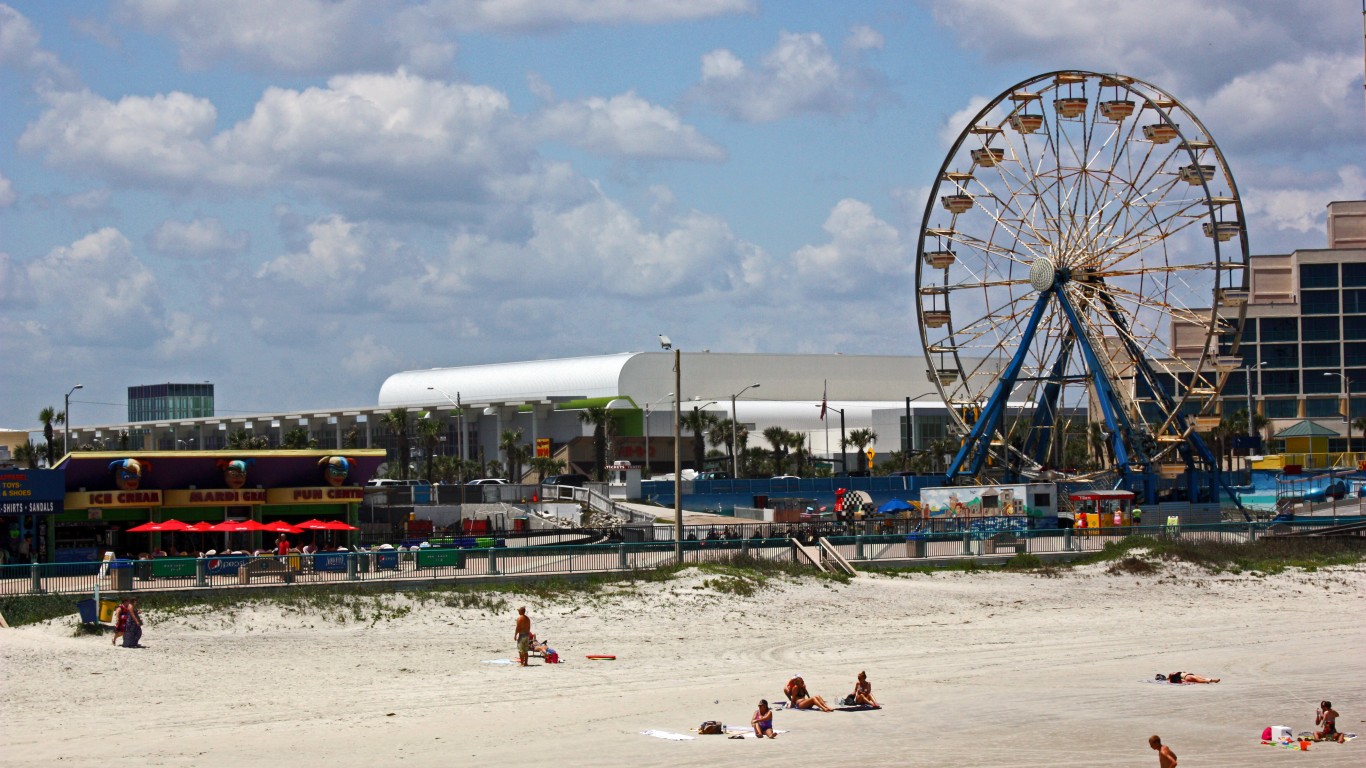By David Callaway, Callaway Climate Insights
Only 10 months into her new job as CEO of the world’s largest bank, Citi’s Jane Fraser is feeling the wrath of Wall Street for what it perceives as lack of progress in turning the bank around and its industry-trailing stock price. It’s a familiar story among Citi’s past few chief executives.
But beneath the headlines, Fraser has carved herself an opportunity in how the financial giant — and Wall Street — handles its role in guiding the clean energy transition. Fraser began a climate initiative on Day One last March, and this week updated shareholders with a new set of plans that actually will cut emissions in its energy and power portfolios, not just promise to cut. That’s new.
In these early days of 2022, where action is the buzzword on Wall Street when it comes to climate, Fraser has positioned Citi at the forefront of the battle for how Wall Street deals with the emissions from its portfolios and those of its biggest clients. While Fraser said she would only jettison polluting clients as a last resort, that is a step further than BlackRock’s Larry Fink went earlier this week. Let’s be honest, nobody wants to get rid of paying clients. Fraser has at least put them on notice.
Fraser’s update drew praise from Mike Bloomberg, chairman of the Task Force on Climate-Related Financial Disclosures, and put her out in front this year as the face of Wall Street change in climate, if it can.
Now Citi investors, along with everything they are watching in the bank’s performance, will have measurable emissions targets in the next several years to track Fraser’s performance. Hitting those, in the long run, could be much more important than last quarter’s stock price.
More insights below. . . .
Zeus: As nuclear gains favor, it’s time to talk about geoengineering
. . . . Nuclear power has always been controversial, with disasters such as Chernobyl and Fukushima still fresh in many memories. But as Europe prepares to reluctantly accept nuclear fuel as a way to bridge the gap between fossil fuels and growing renewable energy forms such as solar and wind, and the U.S. heads that way, too, David Callaway asks whether other controversial ways to fight climate change, including geoengineering, should be discussed more seriously by governments and the scientific community. One of them is currently the hottest fad on Wall Street. . . .
Read the full Zeus column
EU notebook: Germany steps up warnings against Russian invasion as natural gas rises
. . . . Germany’s new leaders stepped up emergency meetings with Russia, and warnings about consequences for an invasion of Ukraine as the Nord Stream 2 pipeline became a central component of the West’s leveraging power should an invasion occur, writes Elizabeth Hearst from Dublin. What this means for natural gas prices and Ukraine’s position as a catalyst for green hydrogen will be front and center as Europe’s winter energy crisis grows worse. . . .
Read the full EU notebook
Hulbert: What do ESG investors really want?
. . . . A new academic study lays bare the true motive that environmental, social and governance (ESG) investors have for picking stocks, and it should give every ESG investor pause, writes Mark Hulbert. Rather than invest in companies whose business practices, i.e. polluting, need to be changed, ESG investors focus on companies that are already clean. While this might make them feel better, it does little to make a big impact on climate mitigation. A bit of self-reflection is in order. . . .
Read the full story
Thursday’s subscriber insights: Following the money in Biden’s bridge rebuild
. . . . President Biden’s infrastructure bill allows for up to $27 billion to be spent repairing the nation’s bridges, the largest infrastructure project since the interstate highway system under Eisenhower. Investors looking to follow that money will find a bonanza for construction companies, in some states more than others. Read more here. . . .
. . . . As the electric vehicle boom leads to a hunger for more charging stations, shopping malls, hotels and fast-food restaurants are all stepping up with electricity for customers who come in the door. Taco Bell is just one of the parade of marketing strategies, where you can get a charge with your chalupa. But is the juice enough to boost sales? Read more here. . . .
. . . . What would Einstein say? The Bulletin of the Atomic Scientists issued its annual Doomsday Clock announcement this morning and set the clock’s hands at 100 seconds to midnight, the same as the past two years. Given Russia, China, and the surge in climate disasters last year, we’re lucky it wasn’t closer. Read more here. . . .
. . . . PR giant Edelman, other other image-polishers and some CEOs of the companies they represent have come under fire for putting a spin of misinformation on climate change. Some 450 scientists say they are tired of trying to overcome “the advertising and public relations efforts of fossil fuel companies that seek to obfuscate or downplay our data and the risks posed by the climate crisis.” Read more here.
. . . . Triple-pane windows — a 30-year-old invention — have been modernized and are grabbing market share as they demonstrate their prowess in saving energy and cutting power bills. Read more here.
Editor’s picks: How heat is hitting carbon, cryptocurrency and quinoa
How hot is your cryptocurrency?
A House Energy and Commerce subcommittee was set to hold hearings today on the energy and environment impacts of cryptocurrency. The hearing of the Energy and Commerce Subcommittee on Oversight and Investigations is titled, “Cleaning Up Cryptocurrency: The Energy Impacts of Blockchains.” E&E News notes that environmental groups have pressured lawmakers and regulators to assess emissions from the electronic production of cryptocurrency. According to the report, “The hearing could signal a shift in Congress’ attitude on producing cryptocurrency away from viewing it as a mere novelty. It also comes a week after the Biden administration cracked down on coal ash from the power sector, a move that affected a former coal plant currently used to mine Bitcoin.” Check the hearing webcast here.
Drought-resistant quinoa holds hope for better food security
Quinoa. Some folks just pretend they know how to pronounce this grain that has blossomed as a popular new ingredient for healthy cooking and foodie recipes. (It’s keen-waa.) But this highly nutritious South American grain has been around for thousands of years, and now a team of four plant geneticists at the Brigham Young University are working to modify the quinoa genome to grow in a wider variety of climates. The drought-resistant grain could provide food for nations struggling with food insecurity and the impacts of climate change. According to a report from the ABC affiliate in Salt Lake City, the team has received a grant from the USDA to fund the project, and under the grant, the researchers have identified over a dozen nations, including Morocco, Mexico, Vietnam, Kenya, and Pakistan, as partners in the project.
Words to live by . . . .
“The universe is wider than our views of it.” — Henry David Thoreau.
Callaway Climate Insights Newsletter
By David Callaway

